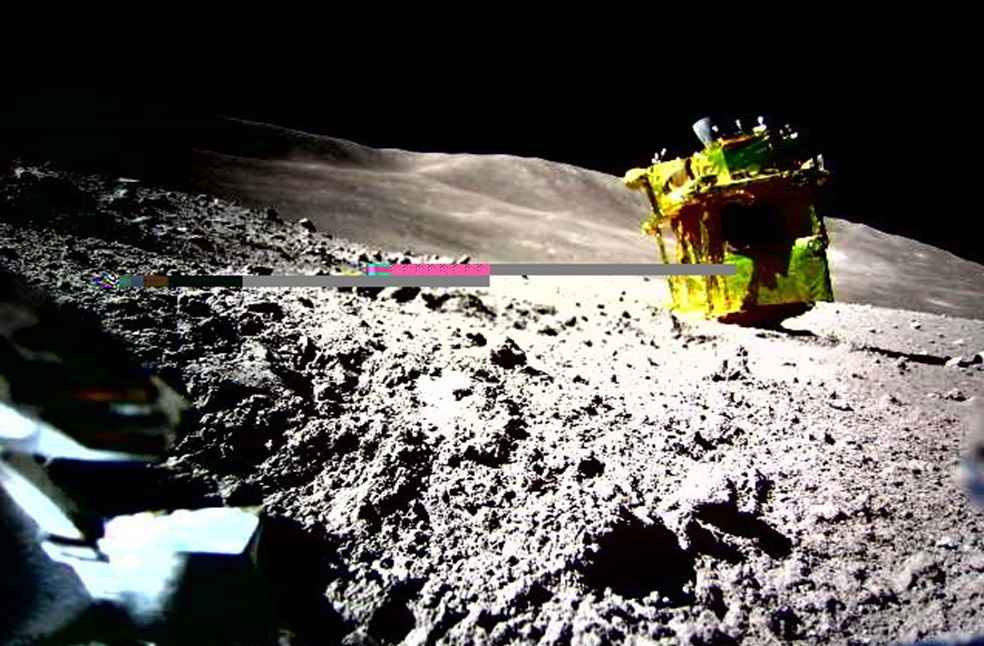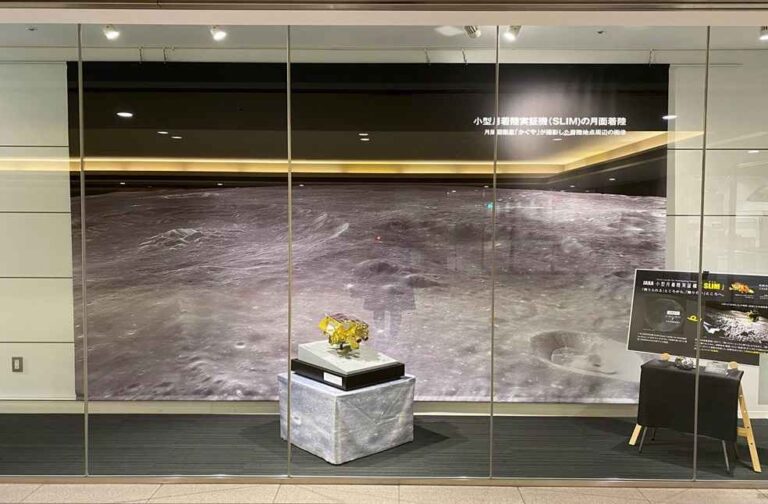Japan: The Smart Lander for Investigating Moon (SLIM) of Japan has survived a frozen, sunless night on the moon, called the lunar night, which is comparable to two weeks on Earth.
The national space agency JAXA has stated on X that, “Last night, a command was sent to SLIM and a response received.”
A mishap during landing in January caused the spacecraft to enter sleep mode as its solar panels were misaligned and could not generate power. Later, it was able to send images due to a change in the direction of sunlight, but it was again closed due to the lunar night.
According to JAXA, SLIM was not designed to withstand the harsh lunar nights. It was announced that operations would resume in mid-February, when the sun would shine on SLIM’s solar panels once again.
Dr. Simeon Barber from the UK’s Open University, has commented that, “The news that SLIM has rebooted itself after the cold lunar night is significant. Surviving lunar night is one of the key technological challenges to be overcome if we are to establish long-lived robotic or human missions on the Moon.”
Barber has clarified that, SLIM landed near the Moon’s equator, where the lunar surface reaches over 100C at noon, but then drops to -130C during the lunar night. JAXA has said that communication with the lander was terminated shortly after landing on the moon due to high temperatures at lunar midday. Preparations are underway to resume operations once the device cools down sufficiently.

During its recent regeneration, SLIM studied its surroundings and sent new images to Earth. JAXA hopes to continue its mission during the lunar night. The January landing made JAXA the fifth space agency to soft-land on the moon, following the US, the former Soviet Union, China, and India.
Recently, the Odysseus moon lander, a privately-funded US spacecraft, landed softly on the surface of the moon. Odysseus appears to still be functional and communicating with Earth, even though it tipped onto its side at touchdown, according to controllers at Intuitive Machine, the operating company. The agency has not released any official images of the surface mission yet.



